The city of Rio de Janeiro is known for its natural beauty and urban landscapes that blend in perfect harmony with mountain and sea. This recognition officially came in July 2012, when the city was declared a UNESCO World Heritage Site for its Urban Cultural Landscape.
However, way before obtaining this title, the city of Rio de Janeiro had already established since 2003 the Registry of Intangible Cultural Property that constitutes the Carioca Cultural Heritage. It was created to “protect forms of expression, ways of doing and living, scientific, technological and artistic creations, cultural and social manifestations that give cultural identity to the Carioca people”.
Rio`s Patrimony of Humanity Institute has the mission of identifying and researching each of the items that deserve to receive the title. The institution has a team of architects, historians, and sociologists, who select the immaterial goods according to the typical historical and cultural value of the city. Thus, to this date, there are 55 items recognized by the City Hall and the institution as Cultural Intangible Goods of Rio. Do you know what they are?
We highlight below 10 intangible cultural heritage of Rio that best represent the city and the Carioca way of life.
1. The “Carioca Condition,” the “Carioquice”
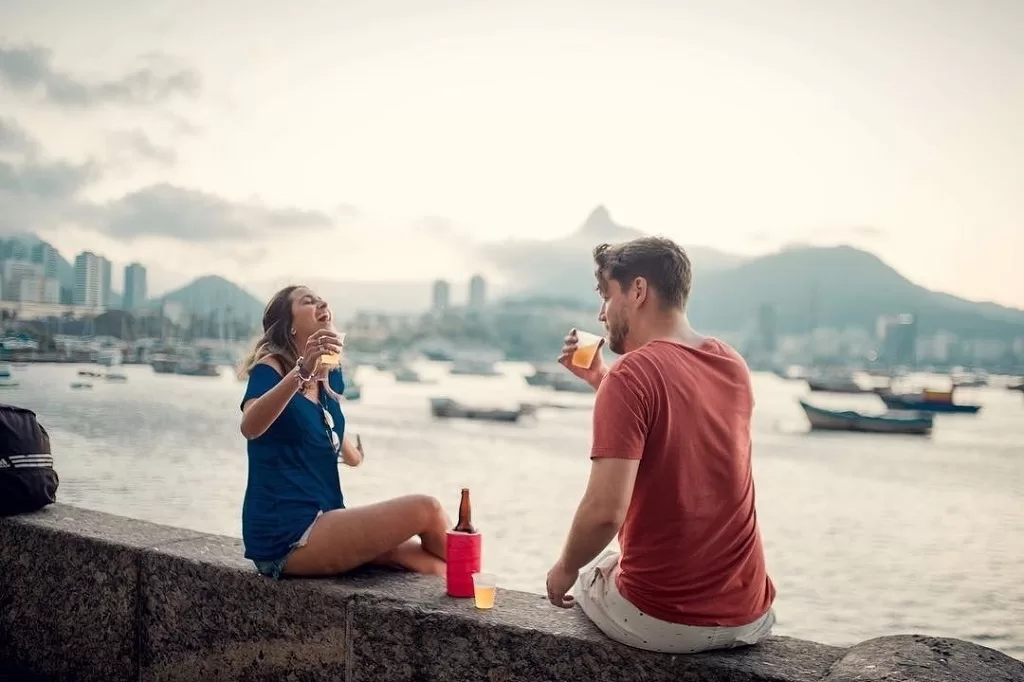
The word “Carioca” in the native language Tupi means “house of the white man”, and it was how the first inhabitants of the city (the Tupinambás and Goitacás Indians) called the constructions made by the Portuguese along a river, later also named Carioca river. Then, during the Colonial period, the use of the word Carioca became the gentile used to describe who was born in the city of Rio de Janeiro.
This miscegenation between different peoples and cultures since its foundation has built the local and cultural identity of the city. And it reflects on the people who live here until today, whether in the Cariocas of the yolk (how we call those born in Rio) or in the Cariocas of the heart (those who chose Rio as their city).
Therefore, the Carioca or Carioquice condition is considered “a mental, spiritual, corporeal, gestural and linguistic state, before being just the gentile of those born in the city of Rio de Janeiro, allowing anyone to become Carioca if wishes so”.
–> Learn more about what it means to be a Carioca here.
2. Samba Schools and the Samba-Plot
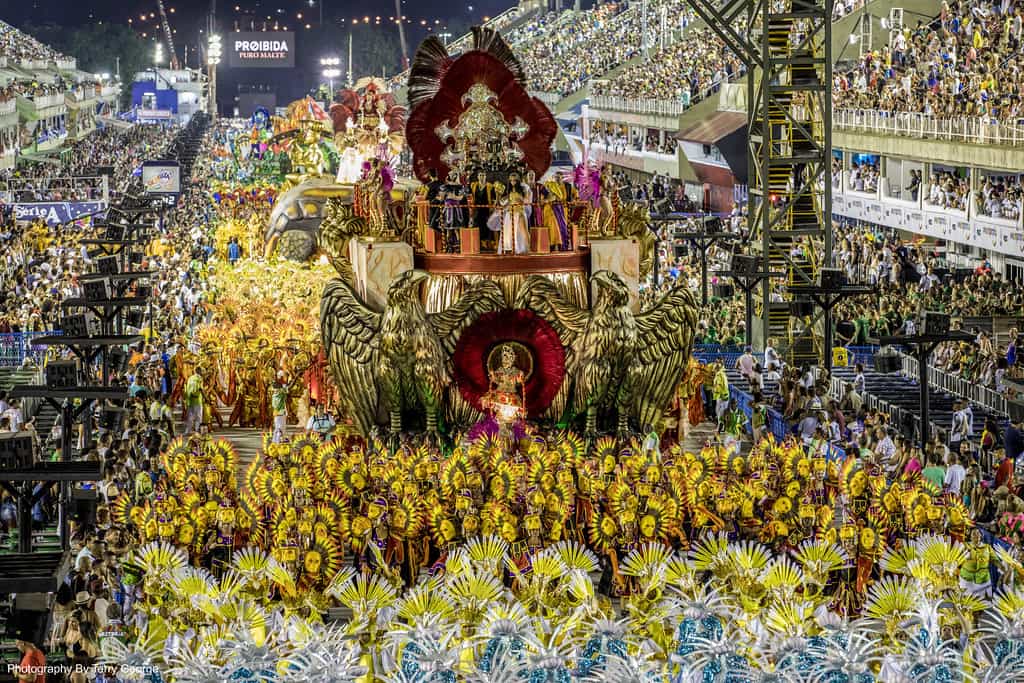
Samba is a Brazilian music genre born in Rio de Janeiro. The Samba schools, on the other hand, are popular associations that promote samba by singing and dancing during Carnival. While the samba-enredo (samba-plot) is the song played by each samba school during the parades.
During Rio Carnival, the samba schools perform in a procession (which we call a parade), telling a story sung-through what we call samba-plot, played by a group of musicians with various instruments known as the drum section. ⠀
The first samba school in Brazil, “Deixa Falar,” was founded in Rio de Janeiro in 1928. Therefore, samba schools and samba-plots are considered a Carioca Cultural Heritage.
The first parades of the samba schools were held at Praça Onze and later moved to the Marquês de Sapucaí Sambadrome in 1984, where they are held to this day. The parades, held for 5 consecutive days, are considered the largest Carnival in the world by the Guinness Book of Records.
–> Learn more about the history of Carioca Samba and where to find samba shows in the city here.
3. Frescobol and FootVolley

Both Frescobol and footvolley were born on the sands of Copacabana between the 1950s and 1970s. Therefore, they are considered Carioca beach sports genuinely.
Frescobol, a sport-inspired by beach tennis, is more collaborative and informal, practiced by Cariocas of all ages on Rio’s beaches. The Rio Heritage Institute considered the sport as part of the city’s lifestyle and entirely associated with the cultural landscape of Rio de Janeiro’s beaches.
Footvolley, however, was born from another sport created in Rio, the altinha. One day, Cariocas playing altinha by the sea were banned by the police for breaking a law of the time. The group then decided to continue the match on a volleyball court with sand-mounted net and bounded field, which was permitted. Thus was born footvolley, a combination of football and volleyball, two sports that every Brazilian loves.
–> Learn more about the most popular beach sports in Rio de Janeiro’s beaches here.
4. Ipanema, Ipanema Band and Ipanema Hippie Market
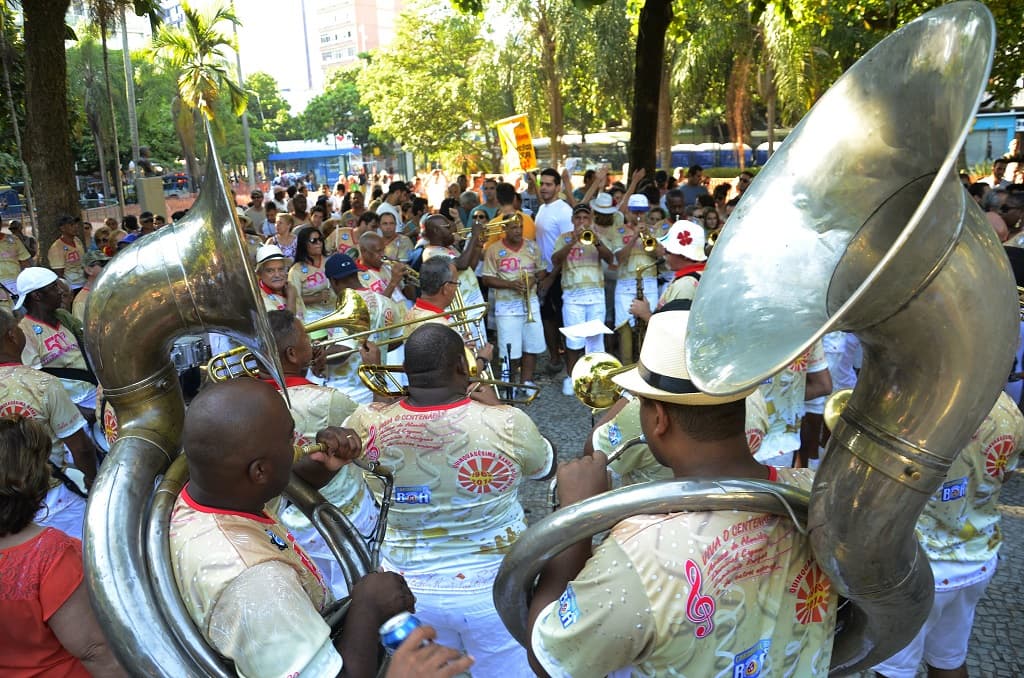
The district of Ipanema was recognized in 2003 as Urban Cultural Site due to its architectural collection and its historical importance to this day, being a reference of the Carioca way of life that is reflected throughout the country.
Ipanema Beach, considered one of the 10 best beaches in Rio de Janeiro, has inspired many poets and composers. And it was immortalized in the verses of Tom Jobim and Vinicius de Moraes in the song “Girl of Ipanema,” one of the greatest classics of Bossa Nova.
In addition, are considered as intangible heritage of Rio: the Ipanema band, a traditional street party at the Carioca Carnival, and the Ipanema Hippie Market, which takes place every Sunday from 8 am to 8 pm at General Osorio Square.
The Hippie Market, held since the late 1960s, began with Carioca artisans and artists exposing their work in an unpretentious way. However, with the arrival of hippies and backpackers from various parts of Brazil and also from other countries, the market grew and transformed the square into an open-air art and trade gallery.
Besides hosting the market, General Osorio Square was the starting point for Ipanema urbanization in the early nineteenth century and has always stood out as a symbol of Carioca’s bohemian and innovative lifestyle. It was from the square that the classic Carnival band Banda de Ipanema (Ipanema Band) went out to parade for the first time, in 1965, and continues to cheer locals and tourists to this day.
The Ipanema Band is considered the largest, oldest and most traditional Carnival band in Rio de Janeiro and the country. Every year they parade honoring people and institutions identified with Brazilian popular culture.
–> Learn how to enjoy Carioca Carnival here.

Carioca Tip:
Besides being typically Carioca, Ipanema is also one of the noblest neighborhoods in Rio, with excellent restaurants and public transportation. Therefore, it is a great place to stay. Find your accommodation here.
5. Bossa Nova and the Beco das Garrafas
Bossa Nova emerged in Rio de Janeiro in the late 1950s, in small gatherings in apartments of young musicians in the city’s South Zone. They created a new way of singing, more intimate with a melody similar to samba, but with direct influence from American Jazz.
The new music genre connected with the audience in the clubs and bars of Duvivier Street, in Copacabana. And it was then that the musicians performed their first concerts, formed friendships and emerged into stardom.
The venue for Little Club, Bacarat and Bottle’s bar was known as Beco das Garrafas (Bottle`s alley) and is considered the birthplace of Bossa Nova. Currently, these bars have been renovated and have varied programming with concerts of MPB, Jazz and of course, bossa nova.
From the apartment rooms to the Beco das Garrafas bars, Bossa Nova spread throughout Brazil and was launched worldwide in 1962 at the historic Bossa Nova Festival at Carnegie Hall in New York.
Due to the worldwide importance of the musical genre and the cultural importance of the Beco das garrafas to the city, both were considered Intangible Heritage of Rio in 2005 and 2007.
** Beco das Garrafas:
Duvivier St, 37 – J, K, L – Copacabana, Rio de Janeiro
–> Learn more about the Copacabana neighborhood in this article here. To stay in Copacabana, near Beco das Garrafas, click here.
6. Traditional Bars and Botequins of Rio
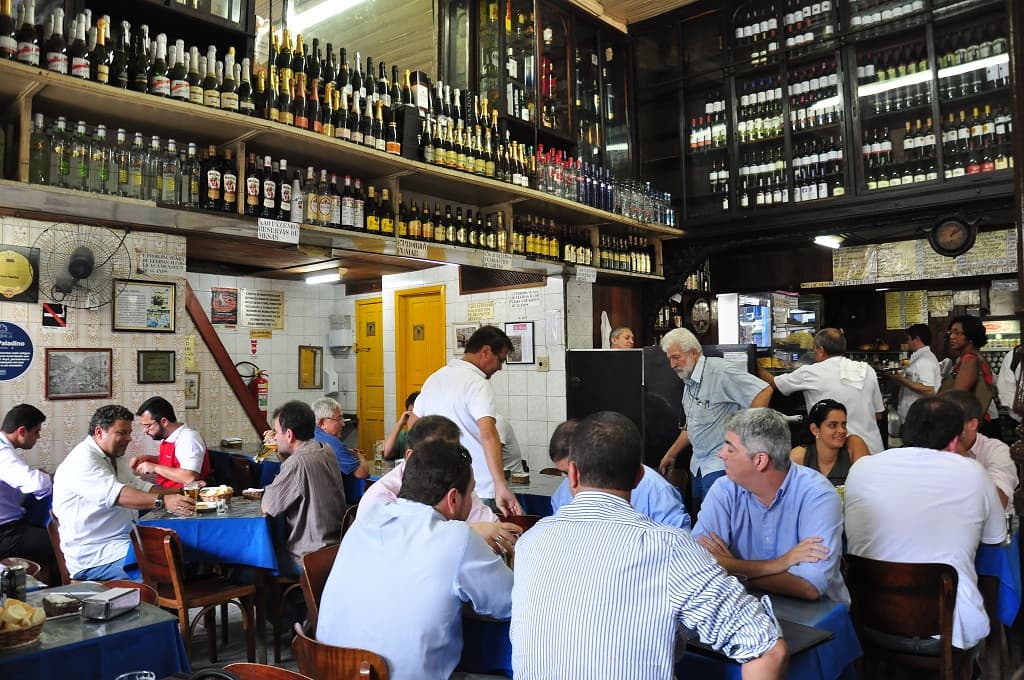
The botequim or boteco, as we Cariocas like to call it, are small bars (often family-owned businesses) specializing in the sale of drinks and snacks (sometimes also meals). But more than that, they are relaxed spaces of fraternization, with an informality that is also present in their menus, making it considered a typical Carioca institution.
For this reason, the City Hall declared, by two decrees, 26 traditional bars and botequins of Rio as Carioca Cultural Heritage, and included them in the Registry of Bars and Traditional Botequins of the city.
The selection of the bars had as a criterion the preservation of the original decoration and the historical relevance for the memory of the neighborhood, in which they formed a loyal clientele over the years.
Every year, in April and May, there is a gastronomic contest named ‘Comida di boteco,’ which for 20 years has elected the best botecos in the city and in Brazil. Learn more here.

Carioca Tip:
Check out some of our favorite bars and include them in your itinerary:
* Adega Pérola – Rua Siqueira Campos, 138 loja A. Copacabana – 1957.
* Bar e Restaurante Cervantes – Rua Prado Junior, 335 loja B. Copacabana – 1955/65.
* Café e Bar Pavão Azul – Rua Hilário de Gouveia, 71, loja. Copacabana –1957.
* Bar e Restaurante Urca – Rua Cândido Gaffrée, 205 – Urca – 1939.
* Casa Paladino – Rua Uruguaiana, 226. Centro – 1906.
* Armazém São Thiago (ou Bar do Gomes) – Rua Áurea, 26. Santa Teresa – 1919.
7. Mate iced tea, Lemonade and Polvilho biscuit vendor on the beaches of Rio
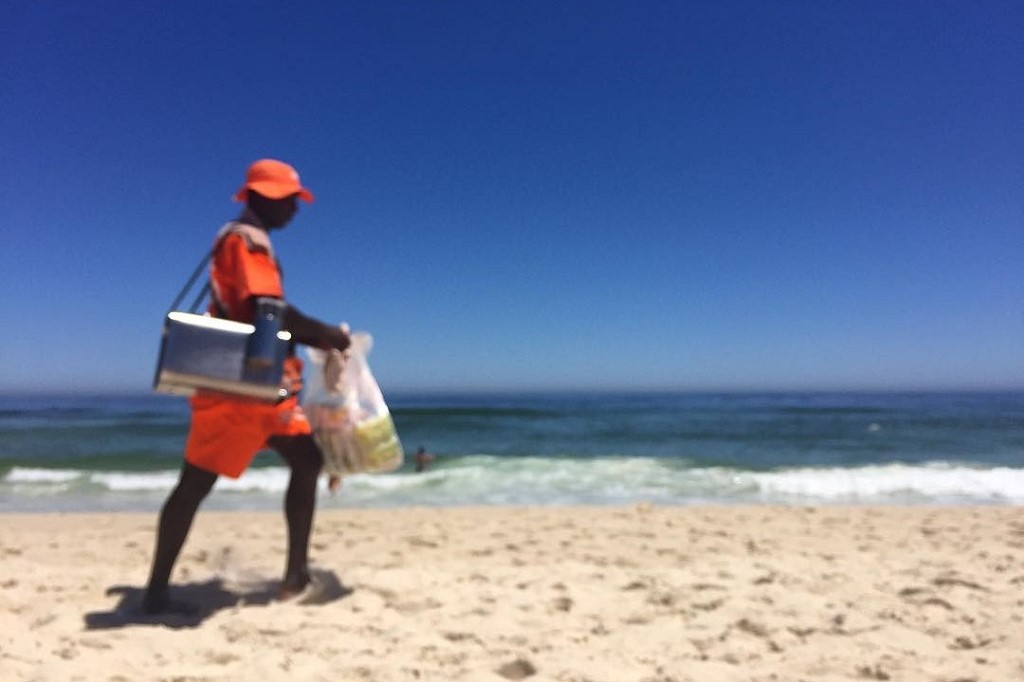
In Rio de Janeiro there is a beach snack duo that is always present in Cariocas beaches: Mate iced tea and Globo biscuit.
The yerba mate tea can be served pure or with lemon juice. Always cold, it is perfect for cooling off the hot days at the beach. To accompany, the favorite option of Cariocas is the Biscoito globo, a polvilho (manioc starch) biscuit, which has two flavors – sweet and salty.
This duo has been found for decades in the sands of Rio beaches, sold by vendors full of personality and a unique way of attracting the clients. With gallons on their shoulders and a stock of biscuits, they walk along the waterfront announcing the products loudly and with creativity until it gets dark.
For helping maintaining one of the city’s tastier traditions, the Mate and Globo biscuit vendors were declared Carioca Cultural Heritage in 2012. The declaration, in addition to recognizing its cultural and traditional importance to the city, allows street vendors to exercise their job legally and with dignity.
8. Northeastern Traditions Municipal Center
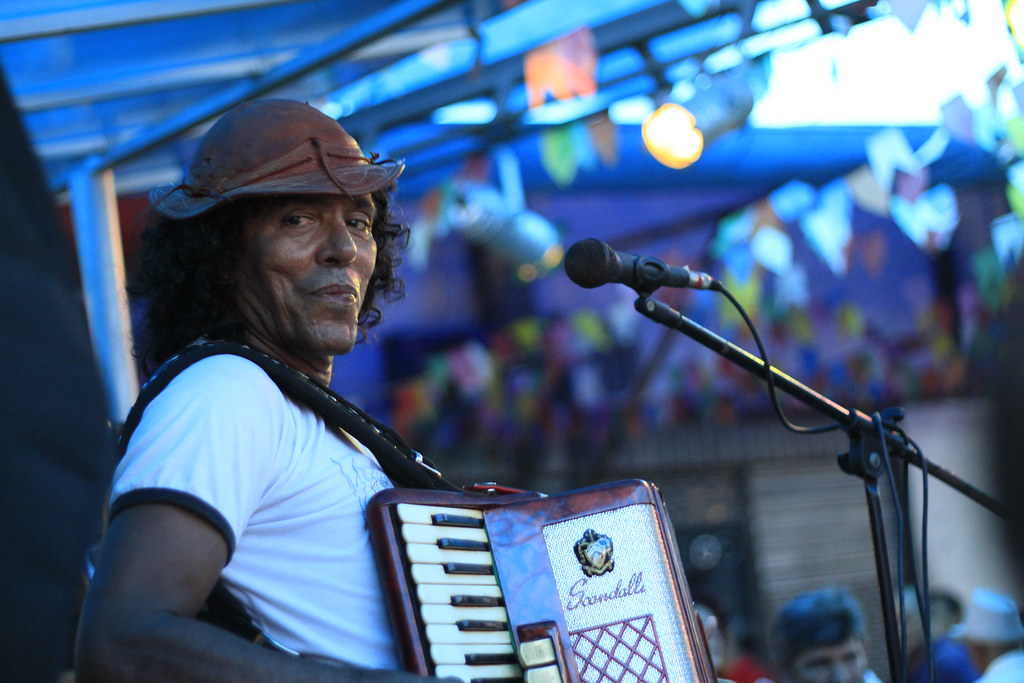
In São Cristovão neighborhood (near the business district of Rio de Janeiro), there is a little piece of the Northeast of Brazil: the São Cristóvão Fair.
Since 1982 the fair has been operating in a pavilion, which, after a renovation made by the city hall in 2003, became the Luiz Gonzaga Northeastern Traditions Municipal Center.
There, migrants now living in Rio can remedy their homesickness, and tourists have the opportunity to learn more about the culture and customs of the Northeast region of Brazil.
Currently, the center has about 700 stalls selling local products, restaurants of typical food, handicrafts, objects of northeastern folklore, repentistas, Cordel literature and shows of musicians playing forró, a musical rhythm born in the region. With an average of 300,000 visitors per month, the center has become one of the city’s tourist attractions.
To preserve the space and the northeastern features represented there, the center was considered Rio de Janeiro’s Intangible Cultural Heritage in 2008. Later, in 2010, federal law made it a national Intangible Cultural Heritage.
** Northeastern Traditions Municipal Center:
Campo de São Cristóvão, 87, São Cristóvão.
Operation: Tuesday to Thursday: 10am to 6pm (free admission)
Weekends from 10am Friday to 8pm Sunday and holidays Ticket: R$ 5,00
9. Choro and Musical Work of Pixinguinha
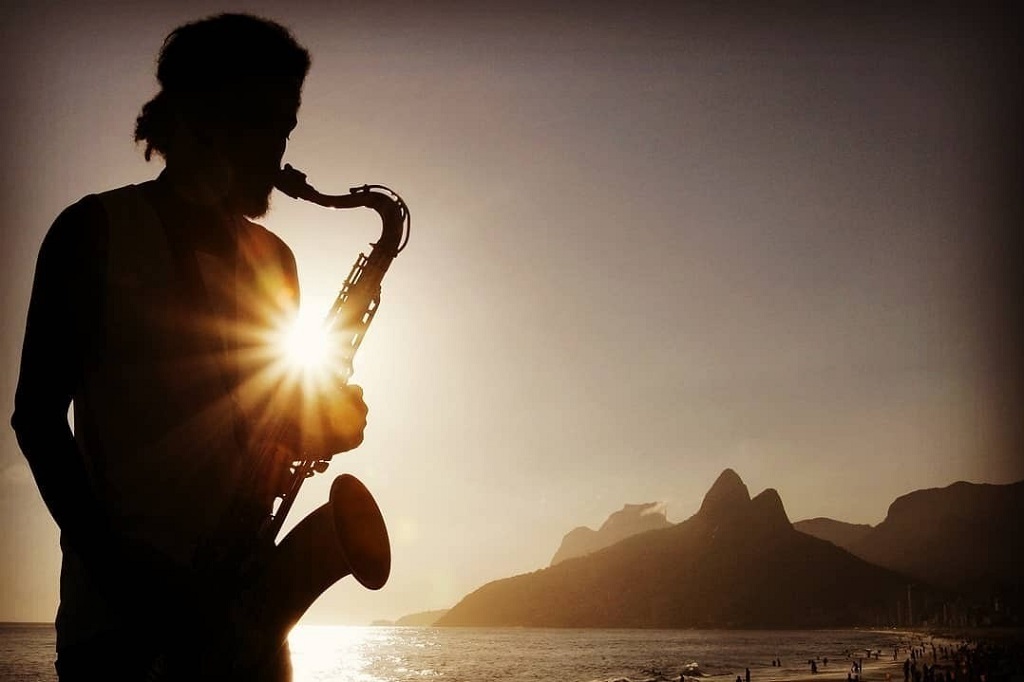
Choro (or chorinho as Cariocas like to call it) is a subgenre of samba, which in addition to string and percussion instruments, also includes woodwind instruments.
The musical genre was born in Rio de Janeiro, in the 1860s, as a mixture of European instrumental music and rhythmic practices brought from Africa by slaves. From 1880, the rhythm became more popular, mainly with songs of the musician Chiquinha Gonzaga and Pixinguinha, composer of classics of Brazilian popular music, whose set of musical work is also considered Carioca Immaterial Heritage.
Despite the name (meaning cry in Portuguese) the genre is generally a cheerful and hectic rhythm, characterized by the virtuosity and improvisation of its participants, who need a lot of studies, refined technique and full mastery of their instrument.
Considering the relevance of the musical genre as one of the first genuinely Carioca artistic manifestations, choro was declared Carioca Cultural Heritage in May 2012.
→ Want to know what Chorinho sounds like? Listen to our playlist on Spotify.
10. Soccer Club Supporters and the FLA x FLU match
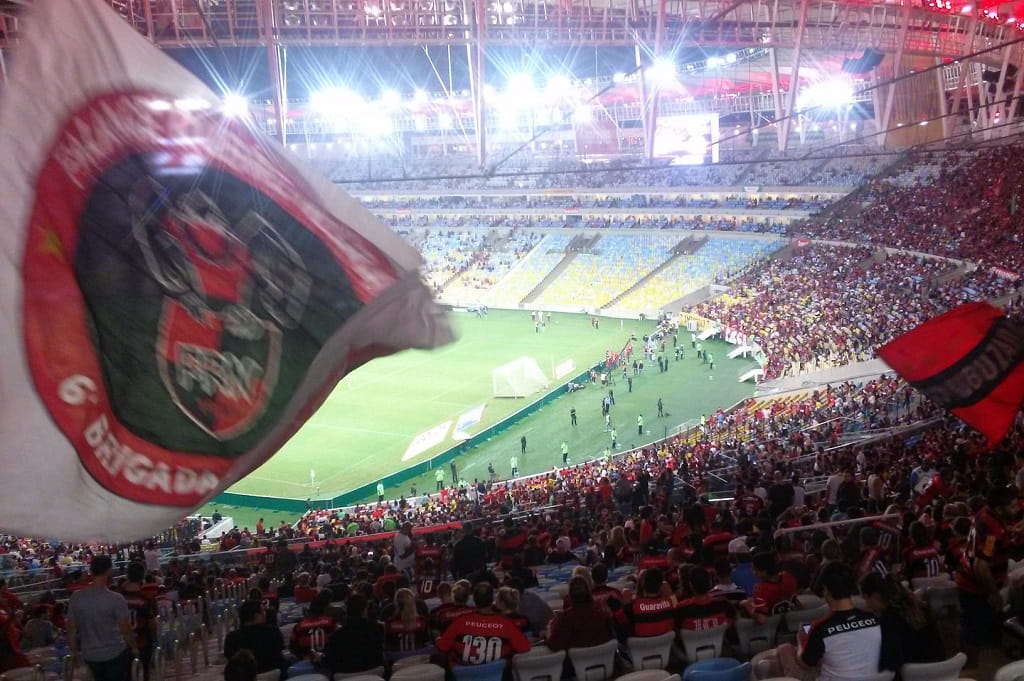
Everyone knows that in Brazil, the biggest national passion is soccer. We are crazy about this sport that is part of our culture and routine. And every soccer lover agrees that the supporters rule the team on the pitch, being considered the 12th player.
“Sunday, I’m going to Maracanã.
I’ll cheer for the team I’m a fan of.
I’ll take rockets and flags
It won’t be no joke
It will be the champion…”
This samba by the Carioca musician Neguinho da Beija-Flor was released in 1980. Since then, it has become an unofficial anthem of Brazil’s largest soccer stadium: Maracanã.
→ Read more about Maracanã Stadium here.
Therefore, this and other songs are sung by the Carioca crowd in the stadium bleachers, accompanied by percussion instruments, charangas, flags, clapping, and many voices. The Carioca fans make a soccer match an incredible spectacle. No wonder a soccer match at Maracanã is one of the 10 must-see attractions in Rio.
And it was precisely in Rio that the first soccer clubs in Brazil emerged, as well as the first supporters’ clubs. For this reason, the fans of the soccer clubs of Rio de Janeiro City are also considered Carioca Cultural Heritage, since July 2012.
In Rio de Janeiro, there are four major clubs: Botafogo, Flamengo, Fluminense, and Vasco, with fans spread throughout Brazil. And the Carioca teams Flamengo and Fluminense are responsible for one of the greatest soccer match classics not only in the city but also in the country: the Fla x Flu.
The first match between Flamengo Regattas Club and the Fluminense Football Club was held on July 7, 1912, and was named “The Classic of the Crowds” in 1933 by the journalist Mário Filho, the creator of the Maracanã. Thus, in 2012 (the year that marked 100 years of the first match), the classic was recognized as a cultural heritage of the city.
All of the above are part of Rio de Janeiro’s history and have cultural and social importance to the city. In addition, they are considered places, habits, and behaviors characteristic of the Carioca lifestyle, thus representing the best of Rio de Janeiro.
When visiting Rio, take the opportunity to learn and discover more about the above, turning your trip into an authentic Carioca experience.


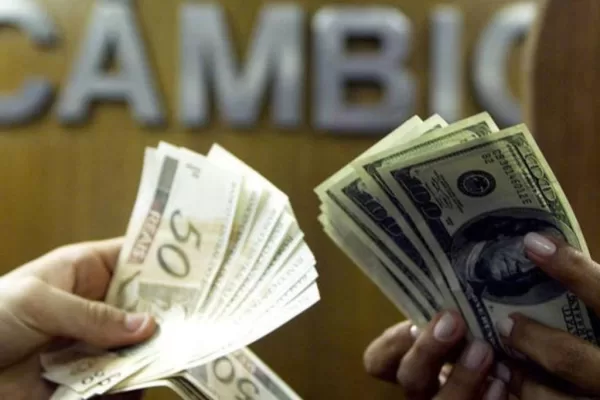
Pingback: Somebody feed Phil Gastronomic Tour | Rio de Janeiro by Cariocas
Pingback: Where to go shopping in Rio de Janeiro | Rio by Cariocas